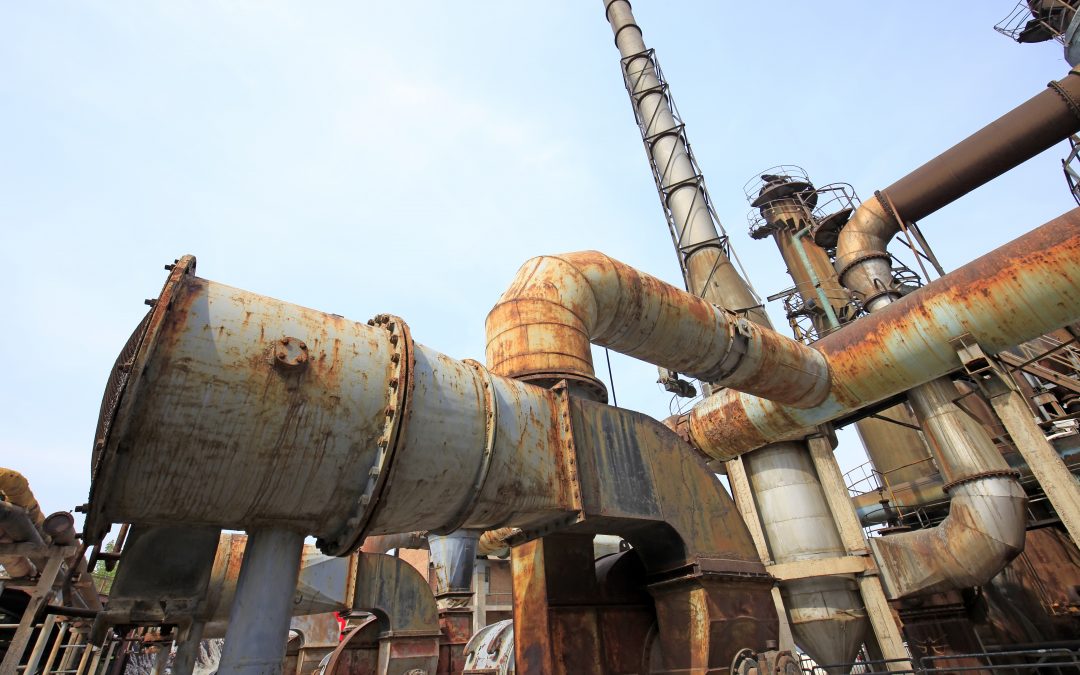Introduction
Processing plants are built by investors in order to satisfy the identified market needs and create a positive return on investment within a reasonable time. This is a basic economical paradigm applied throughout the global industrial world. Where such industrial processes are designed to operate under elevated pressures, HSE legislation dictates that for the safety of personnel and for environmental protection, pressure safety devices are installed. These safety devices provide the plant with protection against accidental overpressure incidents that may lead to equipment damage, downtime and repairs. Careful consideration of the critical requirements is therefore essential; however, such considerations should not be limited to the initial investments that need to be made.
Overpressure Protection – An essential key-element
The choice of the most appropriate pressure relief solution for a given application requires expert analysis in identifying the worst-case scenarios that can lead to overpressure. Once these scenario(s) are identified, the most suitable pressure relief device to handle the situation can be determined. An initial choice will typically need to be made between the use of either reclosing or non-reclosing devices, whilst considering the specific features and issues related to these solutions. Reclosing devices, commonly referred to as pressure relief or safety relief valves, may be preferred due to the fact that they allow the process to continue after successful relief of the overpressure.
In situations where an overpressure event is determined to be rare, where highly corrosive media are involved or where large relief capacity is required, non-reclosing pressure relief devices – commonly referred to as rupture or bursting discs – are often selected. These industry-proven devices provide rapid pressure relief, are available in a wide range of materials, sizes and set pressures. Their non-mechanical design results in the most economical solution: lower investment and maintenace costs. They are generally considered, by industrial safety specialists to offer the highest possible levels of reliability and safety available to the industry.
Understanding the total picture
In the search for the best pressure safety solution the considerations are often limited to the initial cost of the investment of the pressure relief device. The total cost of ownership for equipment, including pressure safety devices, needs to include initial investment costs, installation and maintenance costs, cost of spare parts, downtime and costs related to personnel training and management of change. Where the initial investment cost may be reasonable, extensive maintenance efforts due to, for example corrosion of critical items such as pressure relief valves may be a shocking reality.
Furthermore, the loss of product/media through leaking pressure relief valves and resulting corrosion of critical downstream equipment may also dramatically increase production costs whilst stretching the running cost of the process as well as putting a continuous load on the emergency handling system (flare, scrubbers, etc.).
As legislation requires the pressure relief valve to be regularly calibrated and checked for proper performance, the related downtime and handling also needs to be budgeted for. Where such unexpected or underestimated costs are surfacing, alternative system improvements can be made to reduce the relevant maintenance costs and operational impacts.
The Solution lies at hand
The combination of rupture discs and pressure relief valves offers an ideal solution for many situations in the industry where cost of ownership is an issue. The upstream installation of rupture discs at the inlet of pressure relief valves provides a physical isolation where the corrosion of the valve internals whilst also eliminating any product leakage to the atmosphere.
Furthermore, through the presence of the upstream rupture disc, in-situ testing of the pressure relief valve can be applied. By introducing a small amount of pressurized media (nitrogen) into the interspace created between the rupture disc and the pressure relief valve seat, the correct lifting of the valve – and therefore its correct set pressure – can be verified. Eliminating the need to shut down the process entirely, as well as allowing for the intervention to be reduced to minutes instead of days.
Conclusion
The total cost of ownership of many production plants can be managed or reduced through the inventive use of rupture discs and pressure relief valves in combination. Not only can initial investments be reduced, without jeopardizing the system safety level, but maintenance costs, downtime and spare parts can also benefit from the smart use of these readily available standard products. Fike’s ValveGuard offers the widest array of benefits to the industry, helping conscientious stakeholders to keep their operating costs under control whilst improving the overall safety of their processing plants.
http://www.fike.com/products/pressure-relief-valve-safety-relief-valve-protection/

